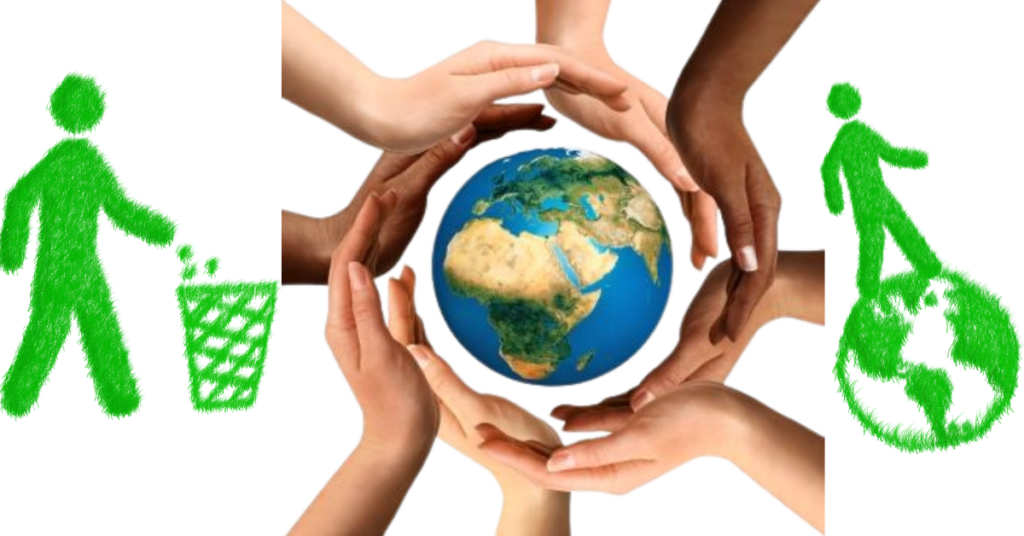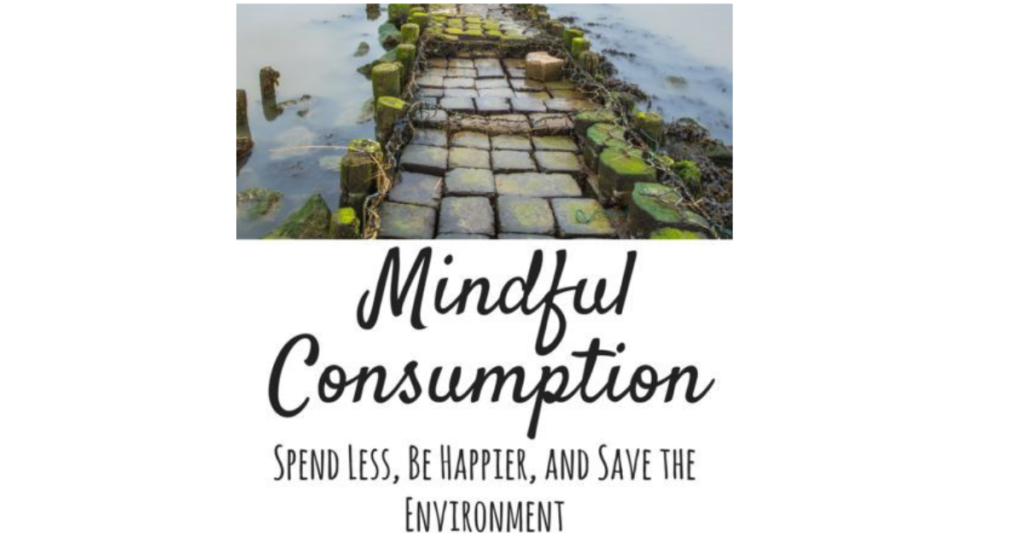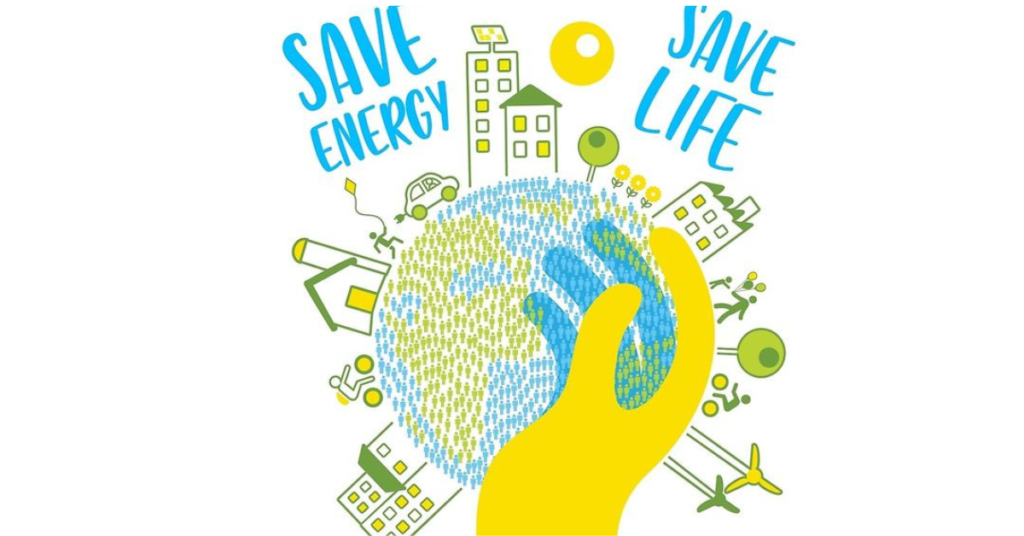The Ultimate Guide to Personal Sustainability
Personal sustainability goes beyond recycling and energy efficiency; it’s a mindset that considers the long-term impact of one’s choices on the environment, society, and personal well-being. It involves conscious decision-making in areas such as consumption, transportation, diet, and lifestyle.

Real Life Experience on Personal Sustainability
Our Founder “Bibek Chalise” recently published an article mentioning his life experience on how he started the journey of personal sustainability. In the article, he elaborates on subjects such as :-
- His life routine before Living Sustainably
- A Wake Up Call
- Decisions & Consciousness
- Importance of Community
- Broad Perspective
- Connection with the Nature
- Building a Legacy
We Bet you will personally connect with his experience and you will get a source of inspiration to start the journey.
We have tried to cover every details on personal sustainability SO Click The Topic You would like to know about.
Table of Contents
Mindful Consumption
Mindful consumption is a pivotal concept within the realm of personal sustainability, emphasizing a thoughtful and intentional approach to what we buy and use. This principle recognizes that the choices we make as consumers have profound implications for the environment, society, and our personal well-being. Let’s explore how mindful consumption serves as a linchpin for personal sustainability and delve into practical examples.

Here are the ways to practice mindful consumption in day to day life :-
Conscious Product Selection:
Mindful consumption starts with a critical evaluation of the products we bring into our lives. It involves considering factors such as the environmental impact of production, the lifespan of the product, and the materials used. Opting for items with minimal packaging, made from sustainable materials, and produced through ethical practices is a foundational aspect of mindful consumption.
Example: Choosing a reusable water bottle over single-use plastic bottles.
Minimalism and Decluttering:
Adopting a minimalist lifestyle aligns with mindful consumption. By embracing the philosophy of “less is more,” individuals can reduce their overall environmental footprint. Decluttering not only leads to a simpler and more organized living space but also encourages a shift away from the culture of excess consumption.
Example: Donating or recycling unused items instead of buying new ones.
Ethical and Transparent Brands:
Mindful consumers seek out brands that align with their values. Ethical and transparent companies prioritize fair labor practices, environmentally friendly production methods, and transparency about their supply chains. Supporting such brands contributes to a more sustainable and responsible marketplace.
Example: Choosing clothing brands that use eco-friendly materials and ensure fair wages for workers.
Consideration of Product Lifecycle:
Understanding the lifecycle of a product is integral to mindful consumption. This involves considering not just the environmental impact of production but also the longevity of the item and its potential for reuse, recycling, or proper disposal at the end of its life.
Example: Investing in high-quality, durable goods that have a longer lifespan.
Second-Hand and Thrift Shopping:
Embracing second-hand and thrift shopping is a practical manifestation of mindful consumption. It extends the life of products and reduces the demand for new production. Thrift shopping also allows individuals to find unique items while promoting a circular economy.
Example: Purchasing clothing, furniture, or electronics from thrift stores instead of buying new.
DIY and Upcycling:
Mindful consumption encourages a hands-on approach to goods. Engaging in do-it-yourself (DIY) projects and upcycling not only adds a personal touch to possessions but also reduces waste by giving new life to old items.
Example: Upcycling old furniture or creating homemade cleaning products.
Carbon Footprint Awareness:
Consideration of the carbon footprint associated with products is essential in mindful consumption. This involves evaluating the environmental cost of transportation, production processes, and the overall ecological impact of the item.
Example: Choosing locally produced goods to reduce transportation-related emissions.
Responsible Disposal:
Mindful consumption doesn’t end with the purchase; it extends to the responsible disposal of items. Recycling, donating, or properly disposing of goods at the end of their lifecycle ensures that they do not contribute to environmental degradation.
Example: Recycling electronic devices at designated e-waste recycling centers.
RELATED :- What is social sustainability in sustainable living? Everything You Need To Know.
Sustainable Transportation
Sustainable transportation is about reimagining how we move from one place to another, considering the environmental, social, and economic implications of our choices. It encompasses various modes of transport and emphasizes efficiency, conservation, and a reduced carbon footprint.

Public Transportation:
Opting for public transportation, such as buses, trains, or subways, is a sustainable choice that significantly reduces individual carbon emissions. Public transit systems can accommodate a larger number of passengers, leading to fewer individual vehicles on the road and, consequently, less traffic congestion and air pollution.
Example: Taking the bus or train for daily commuting instead of driving a personal car.
Carpooling:
Carpooling involves sharing a ride with others who are headed in the same direction. This practice not only reduces the number of vehicles on the road but also promotes community building and social interaction. Carpooling is a pragmatic approach to maximizing the efficiency of existing transportation infrastructure.
Example: Joining a carpool network for commuting to work or events.
Cycling:
Cycling is an eco-friendly and health-conscious mode of transportation. Riding a bicycle produces zero emissions, promotes physical activity, and reduces traffic congestion. Cities around the world are increasingly investing in bike-friendly infrastructure, further encouraging the adoption of cycling.
Example: Commuting to work or short-distance travel on a bicycle.
Walking:
Walking is the simplest and most sustainable mode of transportation. It not only eliminates carbon emissions but also contributes to personal health and well-being. Choosing to walk for short-distance trips reduces the demand for motorized transport and fosters a sense of connection with the local environment.
Example: Walking to nearby stores or destinations instead of using a vehicle.
STATISTICS Highlighting the Impact of Sustainable Transportation:
- According to the International Energy Agency, the transportation sector is responsible for approximately 24% of global energy-related carbon dioxide emissions. Shifting towards sustainable transportation options can significantly contribute to reducing this environmental impact.
- The American Public Transportation Association reports that individuals who use public transportation instead of driving can reduce their carbon footprint by 37 million metric tons annually. This underscores the potential of public transit in mitigating climate change.
- The World Health Organization estimates that active transportation modes, such as walking and cycling, can prevent over 3.2 million premature deaths globally each year. Sustainable transportation choices have immediate positive effects on both personal and public health.
- The Union of Concerned Scientists states that carpooling with just one other person can cut an individual’s carbon footprint per mile in half. This emphasizes the efficiency gains associated with shared transportation.
Eco-Friendly Diet
An eco-friendly diet, often referred to as a sustainable or green diet, is characterized by food choices that aim to minimize environmental impact. It considers factors such as resource use, greenhouse gas emissions, land use, and biodiversity. Key elements of an eco-friendly diet include:

Plant-Based Emphasis:
Plant-based diets, which prioritize fruits, vegetables, grains, legumes, nuts, and seeds, are inherently more sustainable than diets centered around animal products. Plant-based foods generally have a lower environmental footprint, requiring less land, water, and energy to produce.
Reduced Meat Consumption:
Reducing the consumption of meat, particularly red and processed meats, is a significant aspect of an eco-friendly diet. Livestock farming is a major contributor to deforestation, greenhouse gas emissions, and water pollution. Choosing plant-based protein sources or sustainably sourced seafood can help mitigate these environmental impacts.
Locally Sourced and Seasonal Foods:
Opting for locally sourced and seasonal foods reduces the carbon footprint associated with transportation. Supporting local farmers and choosing fruits and vegetables in-season contribute to a more sustainable and resilient food system.
Minimizing Food Waste:
An eco-friendly diet emphasizes minimizing food waste. By planning meals, storing food properly, and creatively using leftovers, individuals can contribute to a more efficient and sustainable food chain.
Mindful Consumption of Processed Foods:
Processed foods often have higher energy and resource requirements for production. An eco-friendly diet encourages the consumption of whole, minimally processed foods, reducing the environmental impact associated with food manufacturing.
Practical Examples of an Eco-Friendly Diet:
Meatless Meals:
Incorporating meatless meals into the weekly menu, such as plant-based burgers, stir-fries, or salads, reduces the environmental impact associated with meat production.
Local Farmers’ Market:
Exploring local farmers’ markets for fresh, seasonal produce supports local agriculture and reduces the carbon footprint associated with long-distance transportation.
Plant-Based Proteins:
Experimenting with plant-based protein sources like lentils, beans, tofu, or tempeh provides alternatives to traditional meat-based dishes.
Sustainable Seafood Choices:
When choosing seafood, opting for sustainably sourced options, such as those certified by organizations like the Marine Stewardship Council, ensures responsible fishing practices.
Meal Planning:
Planning meals, creating shopping lists, and using leftovers creatively help minimize food waste and ensure efficient use of resources.
Energy Conservation
Personal sustainability includes efforts to reduce energy consumption at home. Simple practices such as using energy-efficient appliances, turning off lights and electronics when not in use, and optimizing heating and cooling systems contribute to a more sustainable lifestyle.

Practical Applications of Energy Conservation in Personal Sustainability:
Energy-Efficient Appliances:
Upgrading to energy-efficient appliances is a tangible way to embrace energy conservation. These appliances, marked with energy labels, consume less electricity while maintaining or enhancing performance. From LED light bulbs to Energy Star-rated refrigerators, these choices not only save money in the long run but also contribute to the reduction of greenhouse gas emissions.
Example: Replacing traditional incandescent bulbs with LED bulbs can reduce energy consumption for lighting by up to 75%.
Smart Home Technologies:
The integration of smart home technologies allows for more precise control over energy usage. Smart thermostats, for instance, can optimize heating and cooling based on occupancy patterns, reducing energy waste. Additionally, smart lighting systems and power strips enable users to monitor and control energy usage in real-time, fostering a culture of awareness and responsibility.
Example: Using a smart thermostat to program heating and cooling schedules based on daily routines.
Home Insulation and Sealant:
A well-insulated home retains heat in the winter and stays cool in the summer, reducing the need for excessive heating or air conditioning. Proper insulation, coupled with sealing gaps and cracks, prevents energy loss and enhances the overall energy efficiency of a residence.
Example: Installing weather stripping around doors and windows to prevent drafts and heat loss.
Renewable Energy Integration:
For those with the means, integrating renewable energy sources into the home is a potent way to align personal sustainability with energy conservation. Solar panels, wind turbines, and other renewable technologies empower individuals to generate their own clean energy, reducing reliance on conventional, often fossil-fuel-based, sources.
Example: Installing solar panels on the roof to generate electricity from sunlight.
STATISTICS Highlighting the Impact of Personal Sustainability
- The United Nations Environment Programme reports that the global food system is responsible for 26% of greenhouse gas emissions. Adopting a plant-based diet can significantly reduce an individual’s carbon footprint.
- According to the World Wildlife Fund, if everyone lived like the average American, the equivalent of four Earths would be needed to sustain the global population. Personal sustainability practices can help reduce this ecological footprint.
- The Ellen MacArthur Foundation estimates that the fashion industry is responsible for 10% of global carbon emissions. Choosing sustainable and second-hand clothing can contribute to reducing the environmental impact of the fashion industry.
- The International Energy Agency states that the residential sector accounts for 20% of global energy-related carbon dioxide emissions. Energy conservation practices at the individual level can contribute to mitigating climate change.
Incorporating Personal Sustainability into Daily Life:
Rethinking Waste:
Minimizing waste through practices such as composting, recycling, and upcycling contributes to a circular economy. By reducing reliance on single-use plastics and opting for reusable alternatives, individuals can significantly reduce their environmental footprint.
Example: Using a reusable water bottle and coffee cup instead of disposable ones.
Water Conservation:
Conserving water is a critical aspect of personal sustainability. Simple habits such as fixing leaks, using water-efficient appliances, and reducing water-intensive activities contribute to a more sustainable use of this precious resource.
Example: Installing low-flow faucets and taking shorter showers to conserve water.
Environmental Advocacy:
Personal sustainability extends beyond individual actions to advocating for sustainable practices in the community. Sharing knowledge, supporting local environmental initiatives, and participating in clean-up events are powerful ways to make a collective impact.
Example: Joining or organizing community clean-up events and awareness campaigns.
Continuous Learning:
Staying informed about environmental issues and sustainable practices is crucial. Engaging in continuous learning through books, documentaries, and online resources empowers individuals to make informed choices and inspire others to do the same.
Example: Reading books on sustainable living or following environmental documentaries.
Frequently Asked Questions
Why is personal sustainability important?
Personal sustainability is crucial for creating a healthier and more sustainable world. It helps individuals make choices that contribute positively to their own lives and the well-being of the planet.
How can I practice personal sustainability in my daily life?
You can practice personal sustainability by adopting eco-friendly habits, reducing waste, conserving energy, supporting ethical and sustainable products, and making mindful choices in various aspects of your life.
What are the key pillars of personal sustainability?
Personal sustainability typically involves balancing economic, social, and environmental considerations. This includes financial well-being, social relationships, mental and physical health, and eco-friendly practices.
How can I reduce my carbon footprint in everyday life?
You can reduce your carbon footprint by using energy-efficient appliances, driving less, using public transportation, consuming less meat, recycling, and being mindful of your overall resource consumption.
Is personal sustainability only about environmental practices?
No, personal sustainability encompasses a holistic approach, including social and economic aspects. It involves making choices that contribute to personal well-being, support ethical practices, and have positive impacts on the community.
What role does mindfulness play in personal sustainability?
Mindfulness is essential in personal sustainability as it encourages individuals to be aware of their choices and their consequences. Being mindful allows for intentional decision-making that aligns with personal values and sustainability goals.
How can I incorporate sustainable practices into my daily routine without major lifestyle changes?
Start with small, manageable changes such as using reusable bags, reducing single-use plastics, turning off lights when not in use, and buying locally produced goods. Gradually incorporating these habits can lead to a more sustainable lifestyle.
How does personal sustainability contribute to global sustainability?
Individual actions collectively have a significant impact. By practicing personal sustainability, individuals contribute to a larger movement toward global sustainability by influencing market demands, inspiring others, and promoting environmentally and socially responsible practices.
What resources are available to help me adopt a more sustainable lifestyle?
There are various online platforms, blogs, and community groups dedicated to sustainable living. Additionally, many organizations provide guides, tips, and resources to help individuals make more sustainable choices in their daily lives.
Conclusion:
Embracing personal sustainability is not just a lifestyle choice; it is a transformative journey towards a more conscious and responsible way of living. From mindful consumption to eco-friendly practices, every individual has the power to contribute to a sustainable future. By making informed choices and inspiring others through their actions, individuals become integral players in the larger movement towards a greener, healthier planet.
We are continuously adding blogs and articles promoting sustainability and eco friendly culture. Visit We Care Earth for eco conscious articles on sustainable living, Climate Change, Sustainable Gardening & more.
References:
https://www.whatwouldawhitemando.com/p/defining-personal-sustainability
